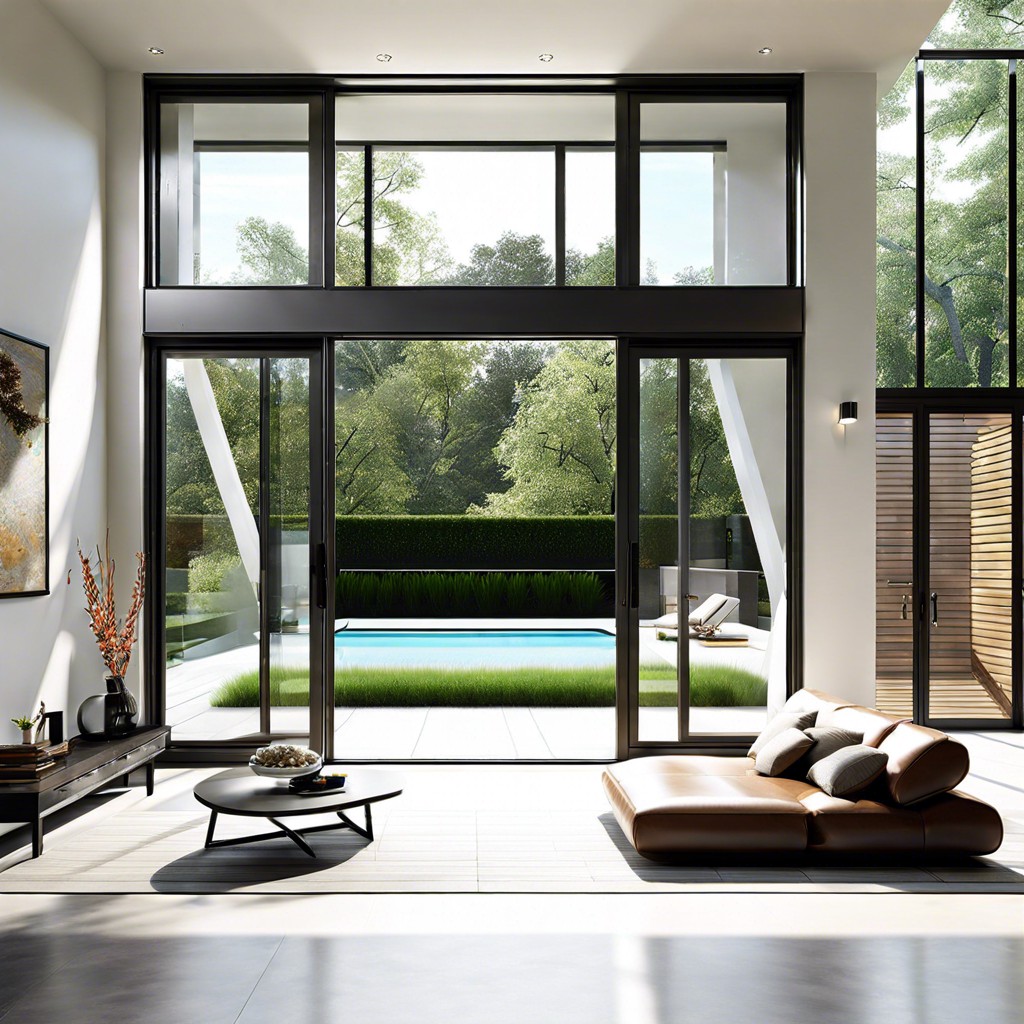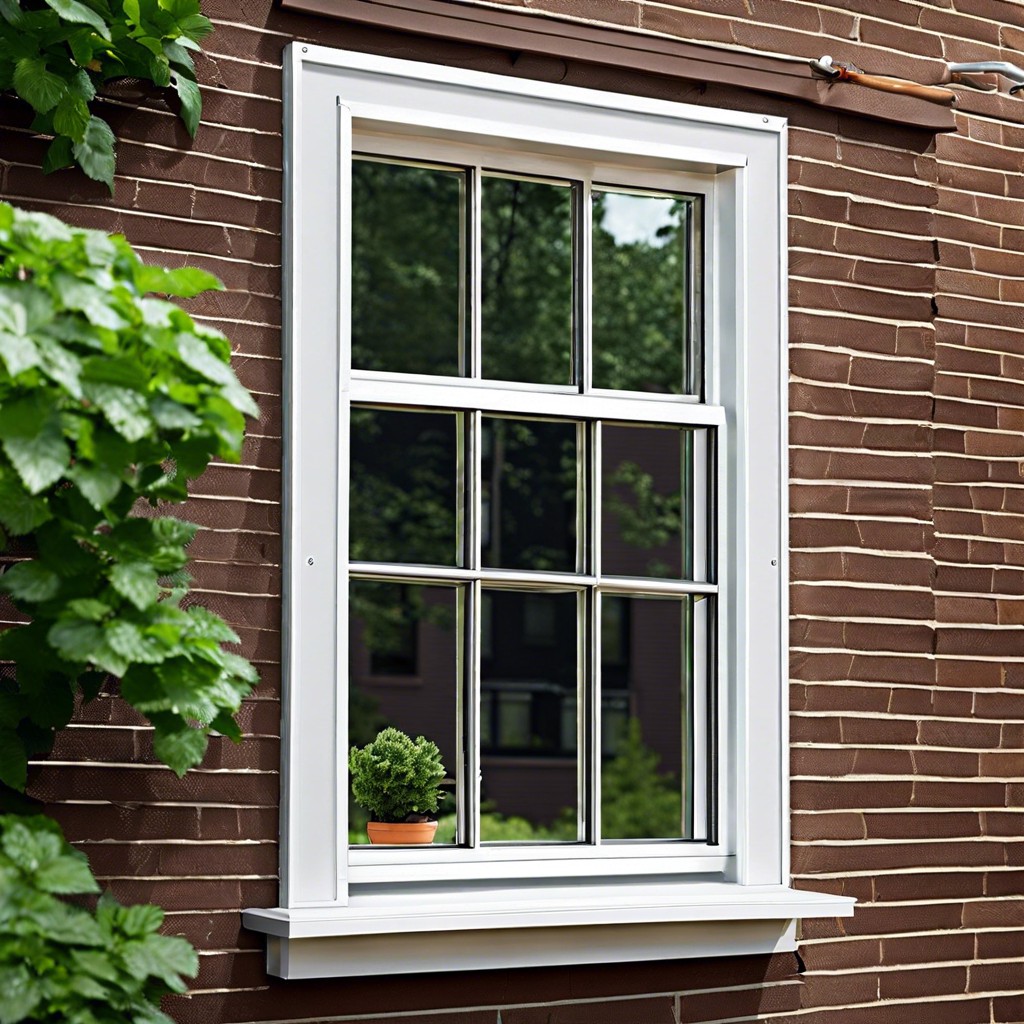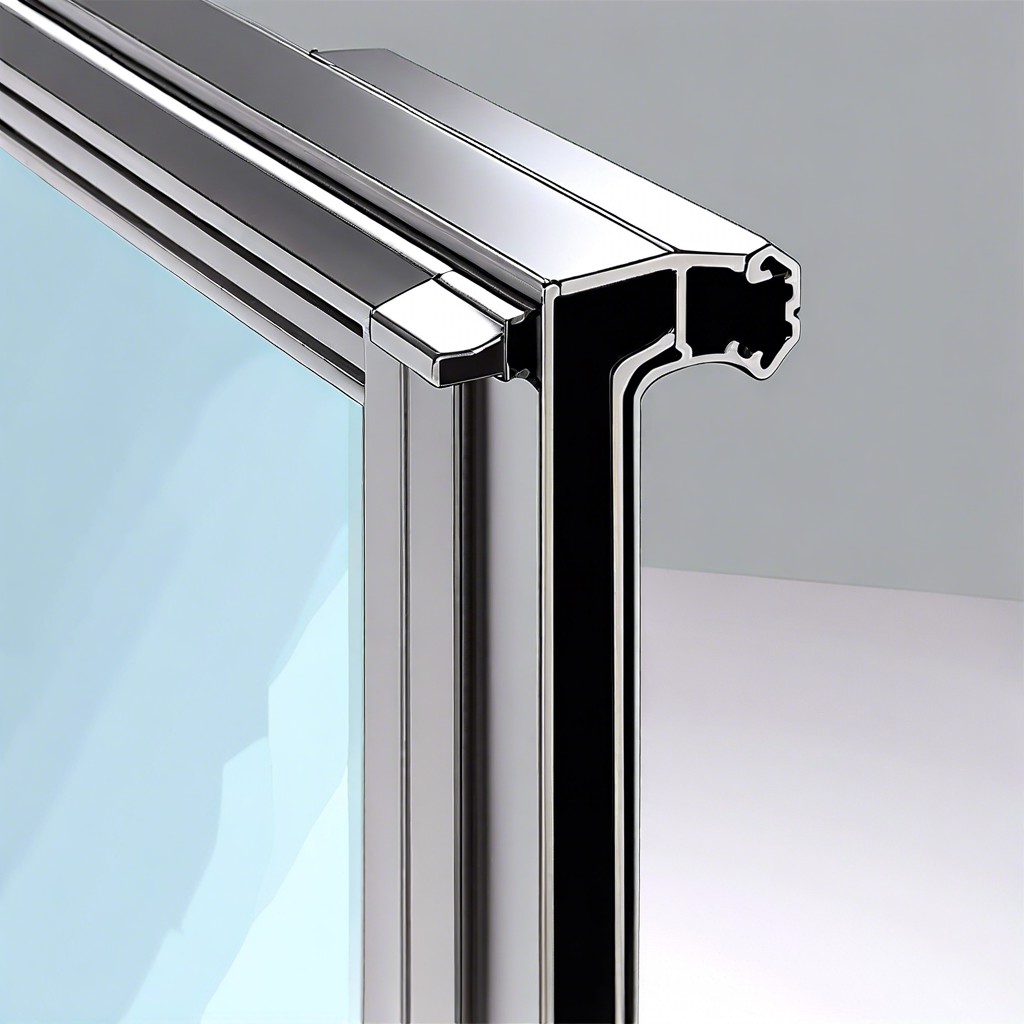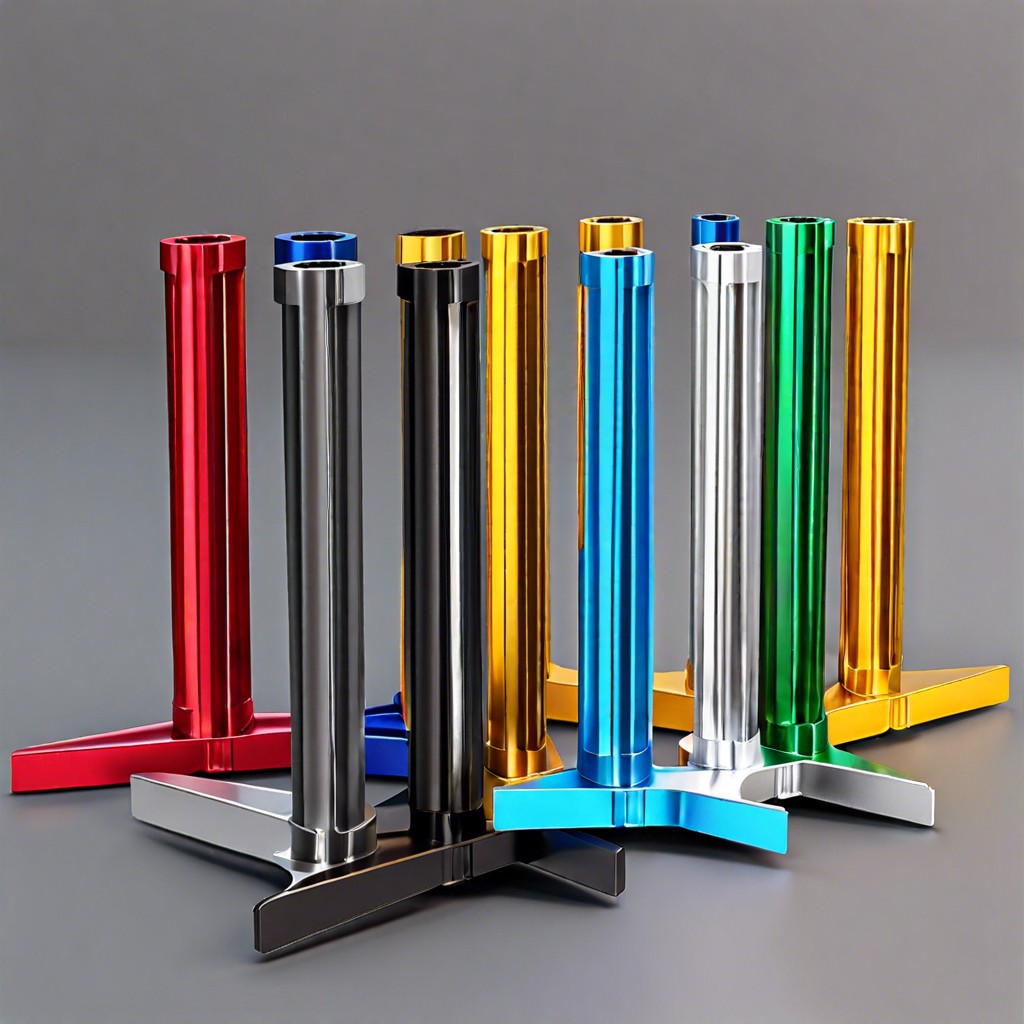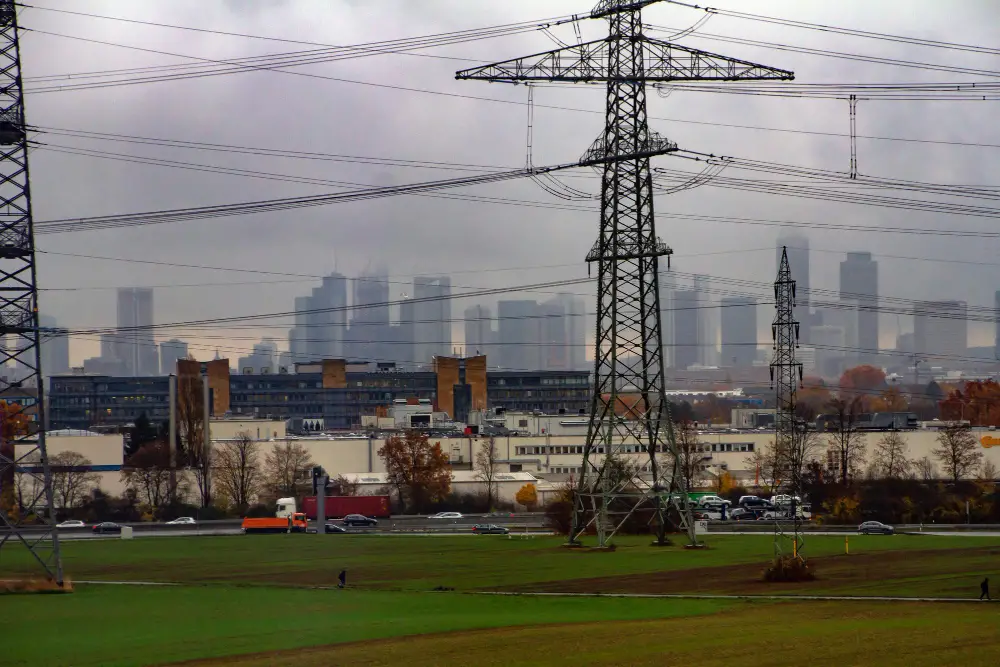Let’s break down the numbers to show you how energy-efficient windows can save you money in the long run.
Have you ever wondered just how much money you could be saving with these types of windows?
Well, let me tell you a story about a friend who recently switched to energy-efficient windows and was shocked by the results.
She had always been skeptical about spending extra money on these upgrades, but after researching and crunching the numbers, she decided to take the leap.
And boy was she glad she did! Her monthly energy bills dropped significantly and she saved thousands of dollars over time.
So if you’re still on the fence about making this investment in your home, let’s break down the numbers together and see just how cost-effective it can be in the long run.
Energy-Efficient Windows: Overview
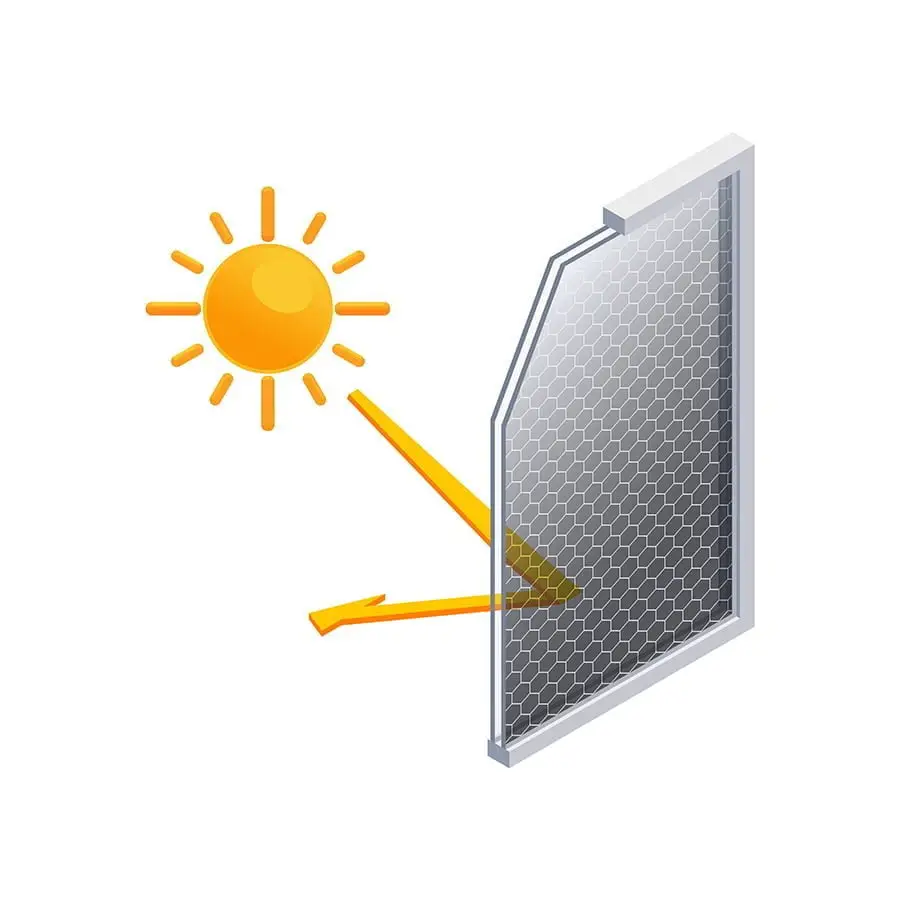
Energy-efficient windows are designed to reduce the amount of heat transfer that occurs between your home and the outside environment. This is achieved through various features such as low-emissivity coatings, multiple panes of glass, and gas fills between those panes.
By reducing heat transfer, these windows help keep your home cooler in the summer and warmer in the winter without relying on excessive heating or cooling systems.
As my friend discovered when she made this upgrade to her own home’s windows, energy-efficient options can be a bit more expensive upfront than traditional single-pane models. However, it’s important to consider their long-term cost-effectiveness before making a decision based solely on price tag alone.
When you factor in how much money you’ll save over time by using less energy for heating and cooling purposes thanks to these types of windows’ insulation properties – not just monthly but annually – it becomes clear that they’re worth investing in if you plan on staying put for several years or more.
Cost Analysis: Initial Investment
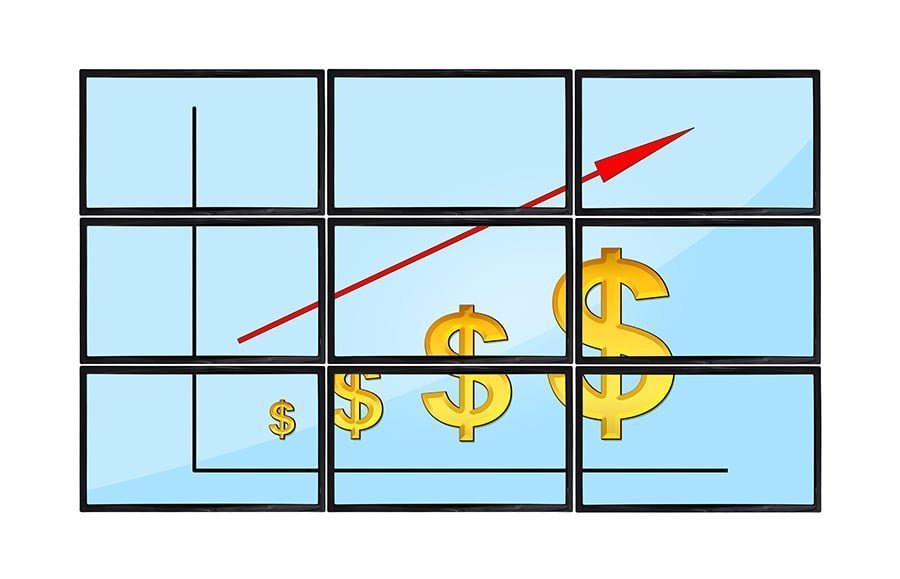
Energy-efficient windows are typically more expensive than traditional ones, but they can save you money on your energy bills over time.
The cost of installing new windows varies depending on several factors such as window type and size, installation method and location. On average though, homeowners can expect to spend between $120-$1,200 per window for high-quality energy-efficient models. Professional installation will also cost you an additional $200 to $800 per window.
While this may seem like a significant expense at first glance – especially if you have many windows in your home – it’s important to consider how much money you could be saving each month by reducing your heating and cooling costs with these types of upgrades.
In fact, according to ENERGY STAR®, replacing single-pane or older double-pane clear glass windows with ENERGY STAR certified products can save homeowners an average of $101-$538 annually when replacing all single-pane or clear-glass double pane (non-low-e)windows in a typical home with Energy Star certified ones.
So while there is an initial investment required for upgrading your home’s old inefficient widows into modern efficient one’s; it will eventually pay off through savings from reduced utility bills over time!
Long-Term Savings Potential
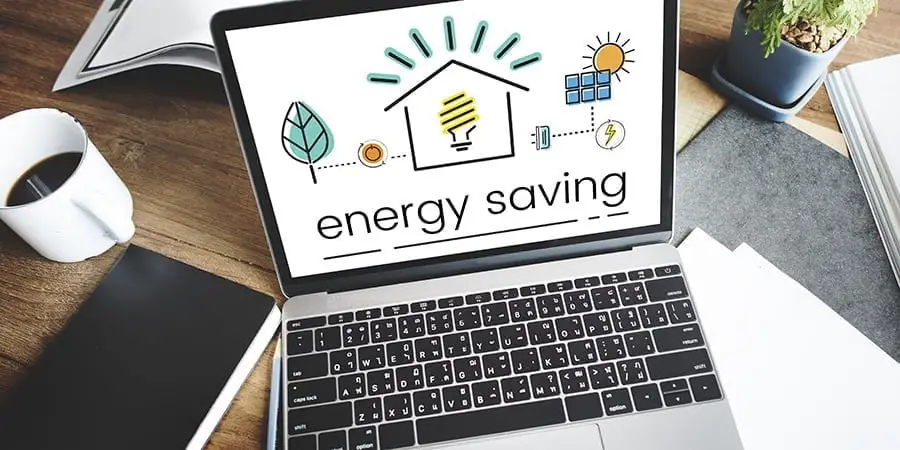
Let’s take my friend as an example again. She spent around $10,000 on new energy-efficient windows for her home and saw an immediate drop in her monthly energy bills by about 20%.
Within just five years of making this investment in her home, she had already saved enough money on utility bills alone to cover the cost of the window replacement project.
But it doesn’t stop there – these types of windows also have a longer lifespan than traditional ones and require less maintenance over time which means even more long-term savings potential for homeowners.
So if you’re looking for ways to make your home more efficient while also saving money in the long run – investing in energy-efficient windows is definitely worth considering!
Window Performance Metrics

Now that we’ve established the importance of energy-efficient windows, let’s dive into some key performance metrics to consider when making your purchase.
The first metric is U-factor, which measures how well a window can keep heat inside your home during colder months. The lower the U-factor rating, the better insulation you’ll have.
Another important metric is Solar Heat Gain Coefficient (SHGC), which measures how much solar radiation passes through a window and enters your home as heat. A lower SHGC means less unwanted heat gain in warmer months.
My friend did her research and found windows with low U-factors and SHGCs that fit her budget. She was initially hesitant about spending more money on these types of upgrades but realized it would be worth it in the long run after seeing just how much she could save on energy bills over time.
So if you’re considering upgrading to energy-efficient windows, make sure to pay attention to these performance metrics before making any purchases!
Climate Considerations

When my friend was considering upgrading to energy-efficient windows, one of the factors she took into account was her local climate. Living in an area with extreme temperatures and harsh weather conditions meant that her home’s heating and cooling systems were working overtime, resulting in high energy bills.
By installing windows with a higher insulation value, she could reduce the amount of heat transfer between indoors and outdoors, making it easier for her HVAC system to maintain a comfortable temperature without using as much energy.
This is an important consideration for anyone thinking about investing in new windows. If you live in a mild climate where temperatures rarely fluctuate or have moderate seasonal changes throughout the year, then your savings may not be as significant compared to someone living somewhere with more extreme weather patterns.
However, even if you don’t experience drastic temperature swings throughout the year like my friend did – every little bit counts when it comes to saving money on your monthly utility bills! So whether you’re dealing with hot summers or cold winters (or both), upgrading your home’s windows can make all the difference when it comes to cost-effectiveness over time.
Rebates and Incentives

After my friend made the switch to energy-efficient windows, she was pleasantly surprised to learn that there were also rebates and incentives available in her area. These programs are designed to encourage homeowners like us to make energy-saving upgrades by offering financial rewards for doing so.
In some cases, these rebates can cover a significant portion of the cost of new windows, making it an even more attractive investment.
But how do you find out if there are any rebate or incentive programs available in your area? The easiest way is to check with your local utility company or state government website. They often have information on current programs and eligibility requirements.
It’s important to note that these programs may vary depending on where you live and what type of window you’re installing. Some may only apply if you’re replacing single-pane windows with double-pane ones, while others may require specific Energy Star ratings.
Regardless of the specifics, taking advantage of rebate and incentive programs can help make upgrading your home’s windows even more cost-effective in the long run. So don’t forget this important step when considering making this investment!
Payback Period Calculation

After my friend made the switch to energy-efficient windows, she was curious about how long it would take for her investment to pay off. This is where the concept of payback period comes in.
Payback period refers to the amount of time it takes for an investment (in this case, energy-efficient windows) to generate enough savings on your energy bills that equals or exceeds its initial cost.
To calculate payback period, you’ll need a few pieces of information:
- The cost of your new windows
- Your current monthly energy bill
- Your estimated monthly savings with new windows
Once you have these numbers, simply divide the total cost by your estimated monthly savings. For example, if your new windows cost $5,000 and you estimate saving $100 per month on your energy bills with them installed:
$5,000 ÷ $100 = 50 months
In this scenario, it would take 50 months (or just over four years) for my friend’s investment in her new windows to fully pay off.
While four years may seem like a long time at first glance – especially when considering other home improvement projects – keep in mind that quality window replacements can last upwards of two decades or more! So not only will they save money over time but also provide comfort and value throughout their lifespan.
So if you’re still unsure about whether investing in high-quality replacement window products is worth it financially speaking – remember that calculating their potential return-on-investment through simple calculations such as “payback periods” can help make informed decisions easier than ever before!
Recap
